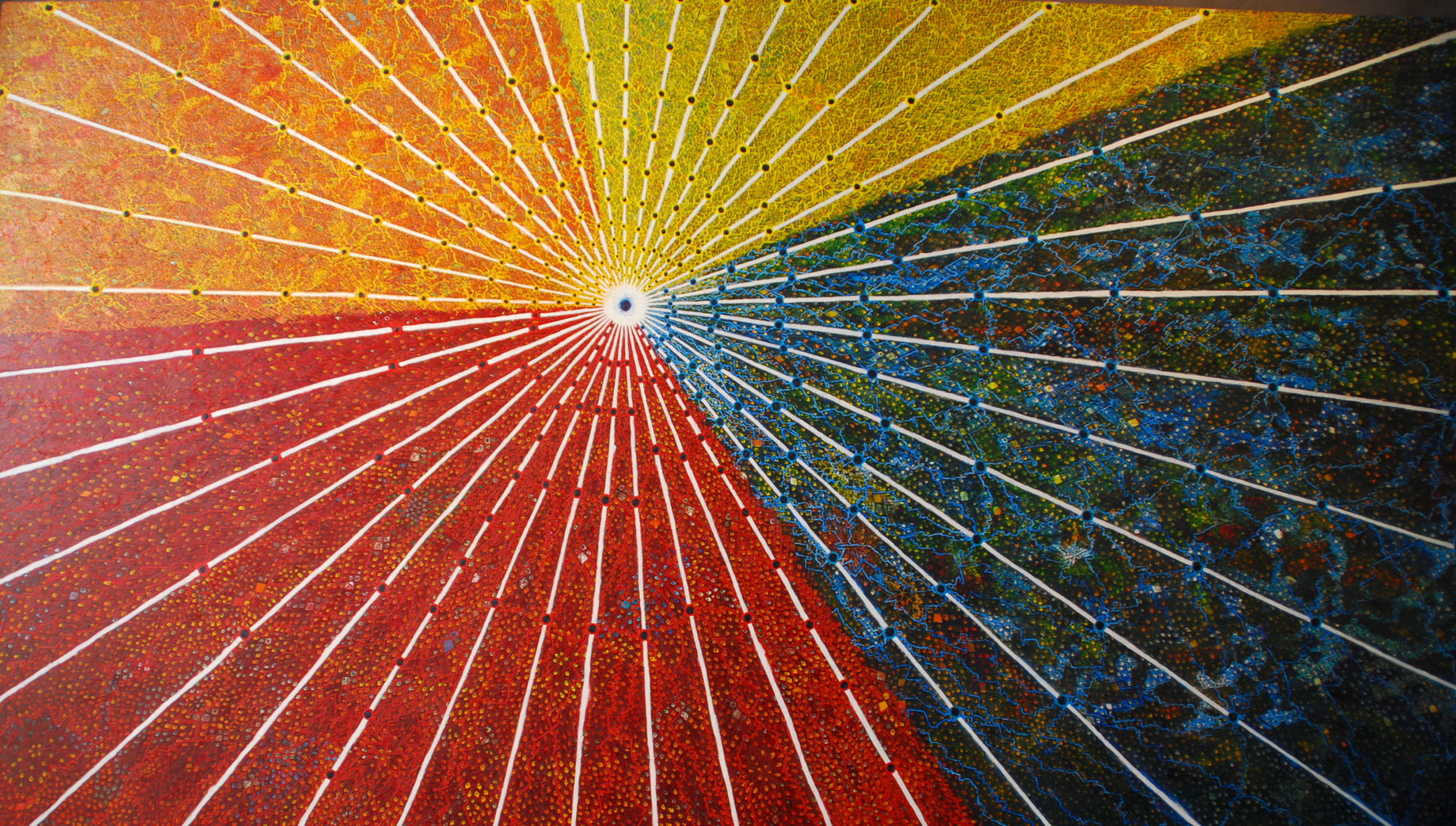Set on the shores of Lago Villarica and in the shadow of the volcano of the same name, Pucon is paradise—unless living in shouting distance of a 2,847-meter active volcano that last erupted in 1971 concerns you. So okay, buying property there might not be the world’s wisest move–though trust me if you see the place you will be tempted—but hanging out for a few days is a smart decision, especially if you like the great outdoors and active pursuits.
In the shoulder season, when we were there, this Aspen-like town is ideal as the onslaught of tourists that arrive every summer has yet to fill the streets and you can actually enjoy the German architecture, the fine dining, and the amazing scenery without feeling like you’re just one in a sea of tourists (though to be fair, many of the tourists are Chilean, so it’s not entirely Gringo-land). The only real difficulty is deciding just what to do with yourself while you’re there as the options are great.
For many, the prime activity is climbing Volcan Villarica. Though we were tempted for a split-second, we decided to pass, considering we’d just done some volcano climbing in Nicaragua and from what we had heard from those who attempted it, it was really more of something you did to say you had done it rather than something they actually found enjoyable. So after much debating, much visiting of tourist agencies, and much research, we decided on a plan for the three full days we had in town: hike, bike, swim—our own version of a Pucon triathlon.
So on day one, we caught the early bus to Parque Nacional Huerguehue, where we did a 17-kilometer roundtrip hike, ascending from 700 meters to 1300 meters through a forest of giant trees, including the aruacaria (or monkey puzzle tree), which is unique to this region, can live for 3000 years (some of these were 2000!), and seems to be a mix of a conifer, palm tree, and cactus. As we climbed, we passed two raging waterfalls and paused at two overlooks with panoramic views of lakes and volcanoes.
Upon reaching the top of the mountain we were ascending, we were greeted by one of the most beautiful lakes known to man. The water was perfectly clear and it was surrounded by sheer rock cliffs and huge araucaria trees. A loop led us from one perfect lake to another. The term Lake District almost seemed too simple. There were lakes, yes, and there were many of them, but they were much more impressive than your everyday lake. Whereas most tourist regions tend to exaggerate their riches, it seemed that here they weren’t even coming close to doing their area justice.
Eager to see more of this gorgeous region, we woke up on day two, grabbed some mountain bikes, and headed out of town to complete a 40-kilometer loop. For the majority of the outbound trip, we traveled over a gravel road, climbing small hills and then coasting down, a crystal clear river running to the right of us and bucolic scenes of rolling farmland and grazing lambs appearing on our left.
Just as we were getting good and hungry, we arrived at our destination, the Ojos de Caburgua, a set of waterfalls on private property. We weren’t exactly sure what to expect, and though we’d gotten a bit accustomed to the beauty of the area, the otherwordly turquoise color of the water crashing down the three waterfalls was enough to leave us speechless. After enjoying our lunch in their spray, we explored every overlook, never quite getting enough of the falls. It was so beautiful that even the 20 kilometers back to town in a serious headwind couldn’t put a damper on our day.
The most adventurous of our activities awaited on day 3: hydrospeeding—or rafting Class 3+ rapids sans raft. Instead of a large inflatable boat and paddles, we’d have nothing but a small foam board into which we’d tuck our forearms and guide ourselves down the river through tumbling rapids. I was, for a bit, convinced I’d either drown or die from a heart attack from the cold water (about 10 degrees Celsius or 50 degrees Farenheit), but once I squirmed my way into the 7-mm thick wet suit, flippers, life jacket, and helmet, and jumped in, I was pretty certain I’d survive. In the end, not only did I survive, but I had a blast. The current quickly picked us and pulled us along, and before I knew it we were in the first of about eight rapids we’d face. It was absolutely exhilarating crashing through the waves. Only Jeff and I had signed up for the day’s trip, so we had a blast with our guide, as he led us through the rapids, avoiding all the large rocks, swirling eddies, and other traps. And because the water was probably purer than what comes out our taps at home—no matter how deep the river was I could always see the bottom perfectly—I didn’t mind the fact that I must have drank a few gallons of it when we went through the biggest of the rapids, a 300-meter stretch with huge waves. As we pulled up onto shore after 14 kilometers and 1.5 hours of water time, our trip felt almost short, but as I walked onto land and my legs turned into jello, I knew I probably couldn’t have gone much farther. Our Pucon triathlon had been just right.
(Unfortunately, I have no photos of us hydrospeeding as we were submerged in water the whole time, but this is a photo of the river we went down, taken the day before while we were out biking. As I’m sure you can imagine, we looked really awesome in all the gear.)







You must be logged in to post a comment.